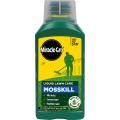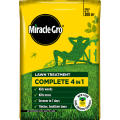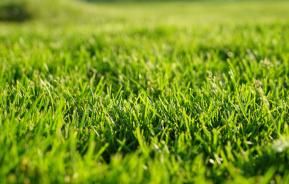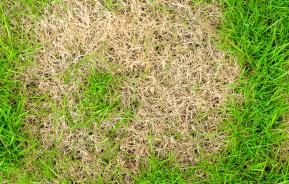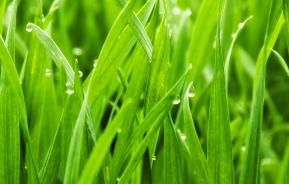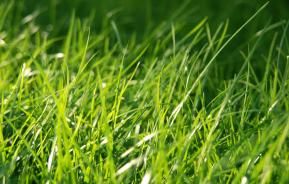When to apply moss killer
The best time to apply moss killer is in autumn when the grass is growing strongly and can cope with vigorous scarifying. You can also apply moss killer and scarify in spring to remove moss that has grown over winter, but take care not to damage new grass roots when scarifying.
How to apply moss killer
_0.jpg)
Moss killer for lawns can be spread using a lawn spreader. The ferrous sulphate in moss killer affects soil pH, which in turn affects how the grass grows, so it’s important to spread moss killer evenly to avoid your lawn looking patchy.
Using too much moss killer can harm or even kill your grass, so always follow the product instructions and use the product at the right concentration.
Keep pets and children off the lawn until the moss killer has been watered in and dried.
Once the moss turns black (typically 2-3 weeks after moss killer application), rake it out using a spring-tine rake. This dead moss can gradually be added to your compost heap, layered with other plant material. Check the packaging instructions for details on how long the resulting compost should be left before it is safe to be used in the garden.
Bare patches of soil can be re-seeded with grass seed, but again, check the packaging for details of how long to wait before re-seeding.
Important tips for applying chemical moss killer
- Always read and follow the application and safety instructions on the packaging.
- Mow the lawn and scarify before applying moss killer.
- Apply moss killer when the weather is fair and the soil is damp. Don’t apply if heavy rain is forecast, as the rain will wash the product away.
- Ferrous sulphate can stain surfaces like paving, decking and carpets, so always clean your boots or shoes after applying moss killer – we recommend removing your shoes before walking on patios or coming indoors.
How to prevent moss growing back
Once moss has been dealt with, it’s important to fix the conditions that encouraged its growth so that it is less likely to return.
- Regular lawn maintenance in spring and autumn controls moss in lawns by promoting the growth of strong healthy grass.
- Aerating your lawn helps prevent moss by breaking up compacted soil and improving drainage. You can aerate small areas by hand using a garden fork or a hollow tine aerator or hire a mechanical aerator for large lawns.
- After aerating your lawn, brush in lawn dressing, a combination of sand, organic material and lawn food. When worked into the holes left by aerating, it improves soil structure and drainage, promoting healthy grass and reducing the risk of moss re-growth.
- Avoid cutting your lawn too short, as this weakens the grass. Ideally, never cut off more than one-third of the grass blade length.
- Reduce shade on the lawn where possible by cutting back shrubs and pruning trees. Sow shade-tolerant grass seed in shady areas, or remove the lawn in these areas and replant with shade-loving plants.
A 4-step plan to get rid of moss in your lawn and stop it coming back
Mossy lawns don’t have to be a problem! Here’s our four-step plan to tackle moss in lawns:
- Scarify your lawn to rake out as much moss as possible
- Apply moss killer to deal with heavy moss growth.
- Aerate and top-dress your lawn to improve drainage and reduce the risk of moss growing back.
- Prune shrubs and trees to maximise the amount of sunlight reaching the lawn and re-seed shady areas with shade-tolerant seed.
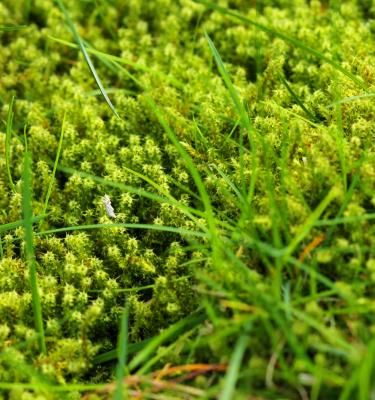
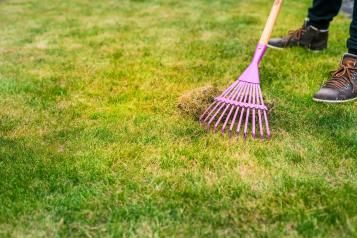

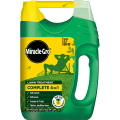
_0.jpg)
